Museo Nacional Thyssen-Bornemisz
The Museo Nacional Thyssen-Bornemisza is organising an exhibition that brings together the work of Andy Warhol and Jackson Pollock, two key figures in 20th-century art who focused on issues relating to new spatial strategies. Like other artists of that generation also present in the exhibition, they were united by their interest in changes in the pictorial tradition, spatiality and, in some cases, the use of large formats.
The works featured in the exhibition reveal how Jackson Pollock (1912–1956) was not always an “abstract master”, while also presenting a more complex Andy Warhol (1928–1987) than the artist of dispassionately depicted, banal themes from popular culture. Midway between the abstract and the figurative, in their own way both set out to reassess the concept of space and its use as a place of concealment; a space revisited through repetition and seriality. Pollock and Warhol disrupted the notion of background and figure and developed a project which, through its very pictorial strategies, had something of camouflage about it. Frequently present in the works of both artists are traces and vestiges that refer to certain autobiographical aspects.
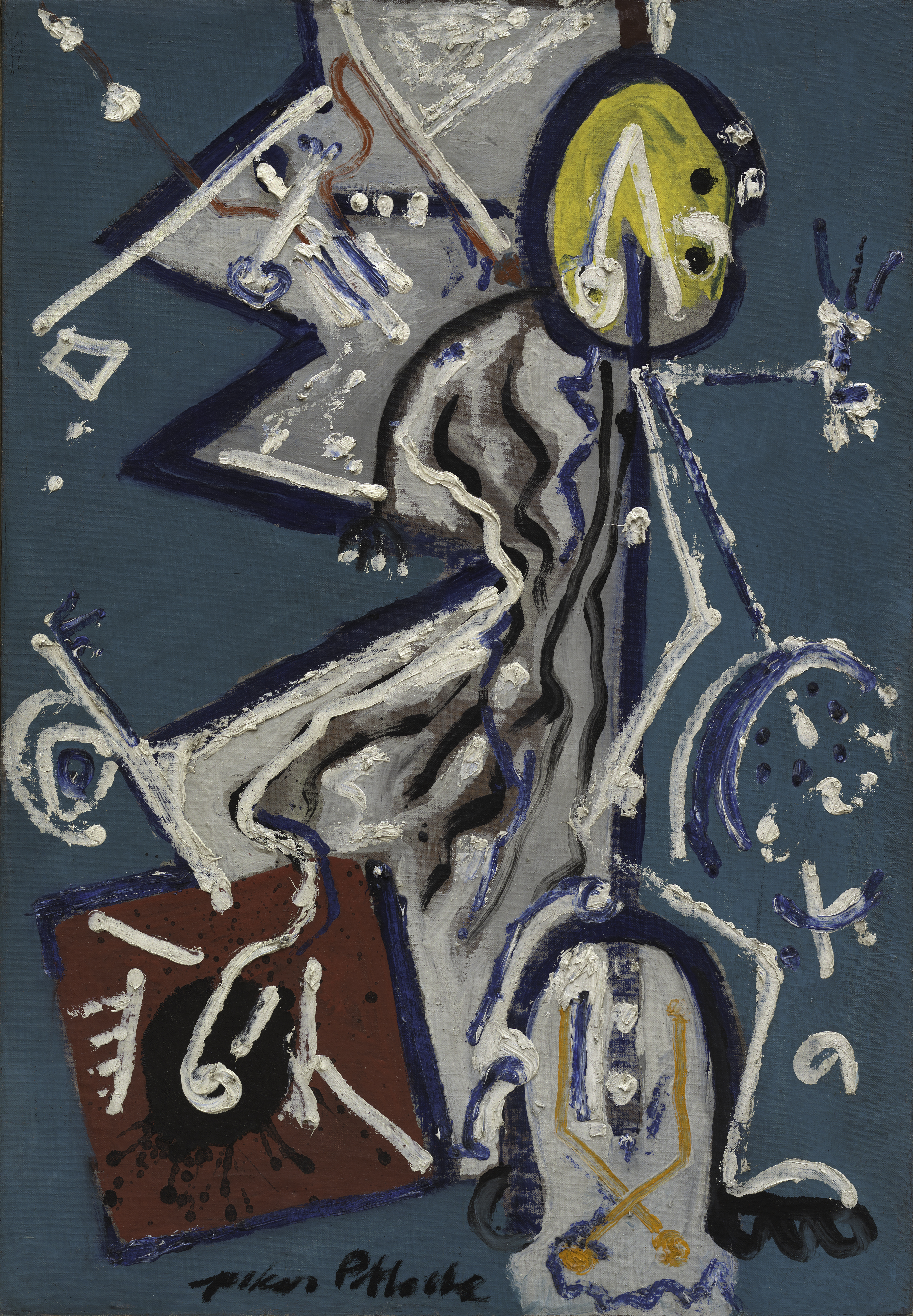
The exhibition, which has benefited from the collaboration of the Comunidad de Madrid and the City Council of Madrid, features more than one hundred works, many of which have never previously been seen in Spain. Loaned from around thirty institutions in the United States and Europe, they include works by Warhol and Pollock as well as other artists such as Lee Krasner, Helen Frankenthaler, Marisol Escobar, Sol LeWitt and Cy Twombly. Among them, Brown and Silver I by Pollock, Express by Robert Rauschenberg and Untitled (Green on Maroon) by Mark Rothko are all from the Thyssen collection.
The exhibition is presented in six galleries, allowing for a reassessment of the rupture traditionally established in art history between abstraction and the figuration of Pop Art, revealing connections and dialogues between the two approaches to space and between artists, extending beyond Warhol's lifelong fascination with Pollock, who died in a car accident in 1956.
The first gallery offers a juxtaposition of a number of early works by Pollock and Krasner, revealing approaches that involve both figuration and abstraction, with two Coca-Cola bottles by Warhol from the early 1960s: the first with brushstrokes that imitate those characteristic of Abstract Expressionism, and the second, executed on a neutral background, influenced by his work as a commercial illustrator. This section is entitled Space as negotiation: figure and ground again.
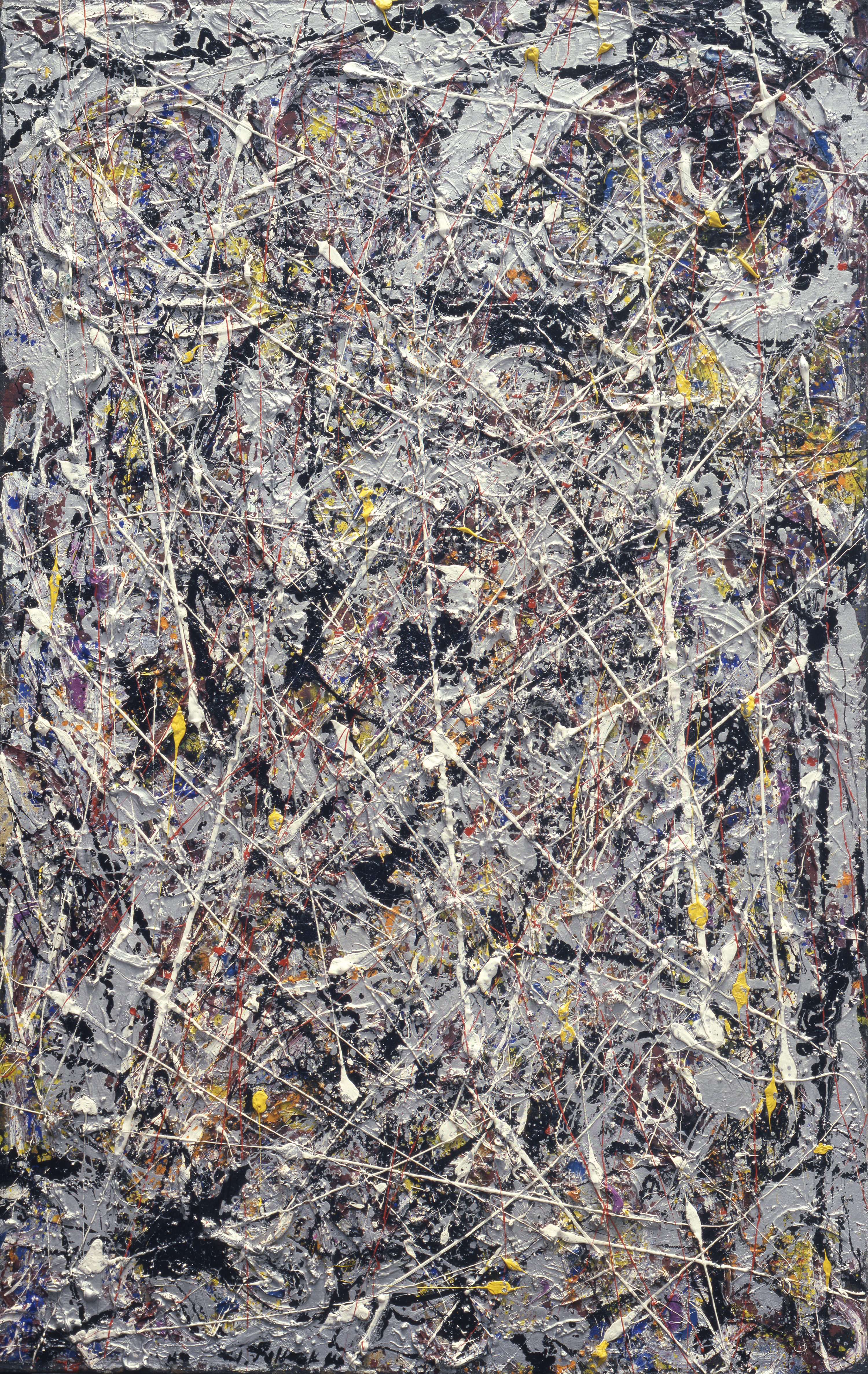
Focusing on the dialogue between figurative and abstract spaces, the next section, Traces and vestiges, brings together works by Audrey Flack (1931-2024), Marisol Escobar (1930-2016), Anne Ryan (1889-1954), Perle Fine (1905-1988), and Robert Rauschenberg (1925-2008), as well as Warhol and Pollock. These works reveal figures or their traces, which build a space piece by piece in which figuration is disrupted and camouflaged.
The third gallery, devoted to Ground as figure, displays iconic works by Andy Warhol in which figures appear to float on a fading background. Silver Liz as Cleopatra (1963), Single Elvis (1964) and Jackie II (1966) move away from the traditional notion of space through the differentiation between background and figure. A selection of the artist's photographs loaned from the Andy Warhol Museum in Pittsburgh reveals his most formal exploration of abstraction, with images consisting of extended repetitions of objects. The series of snapshots by Sol Lewitt (1928–2007) and Cy Twombly (1928–2011) and canvases by Hedda Sterne (1910–2011), Krasner and Pollock complete the display in this room.
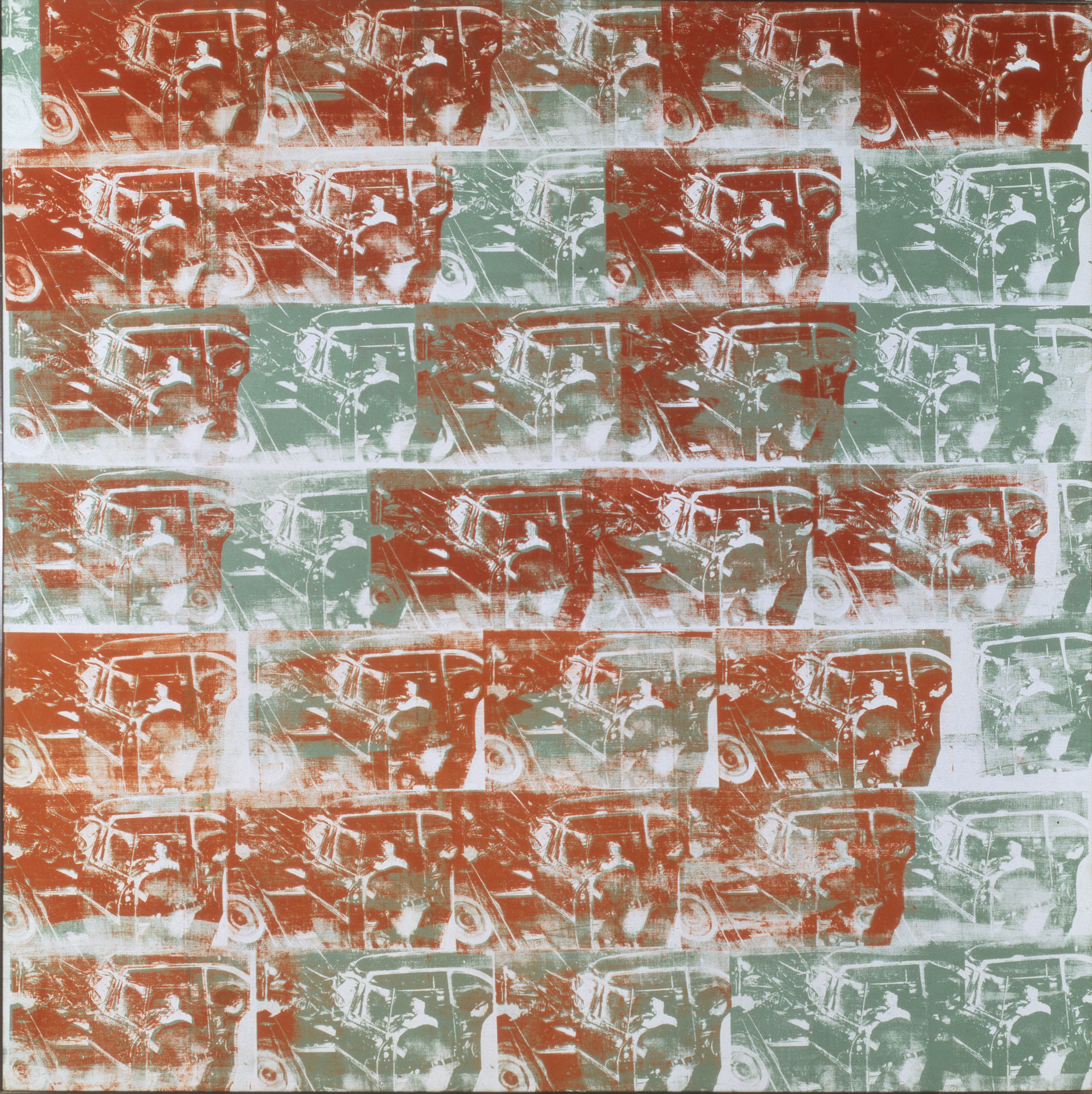
The section Repetitions and fragments focuses on the duplications and multiplications of objects which Warhol produced in many of his works and through which he definitively departed from the Western concept of space. His celebrated series Flowers (1964), Skulls (1976), Electric Chairs (1971) and his depictions of car crashes, such as Optical Car Crash (1962) and White Disaster I (1963), follow on from each other in this section, in which each repeated image is different. Furthermore, although these works involve recognisable images, they are superimposed to the point where they saturate the space and ultimately de-structure it.
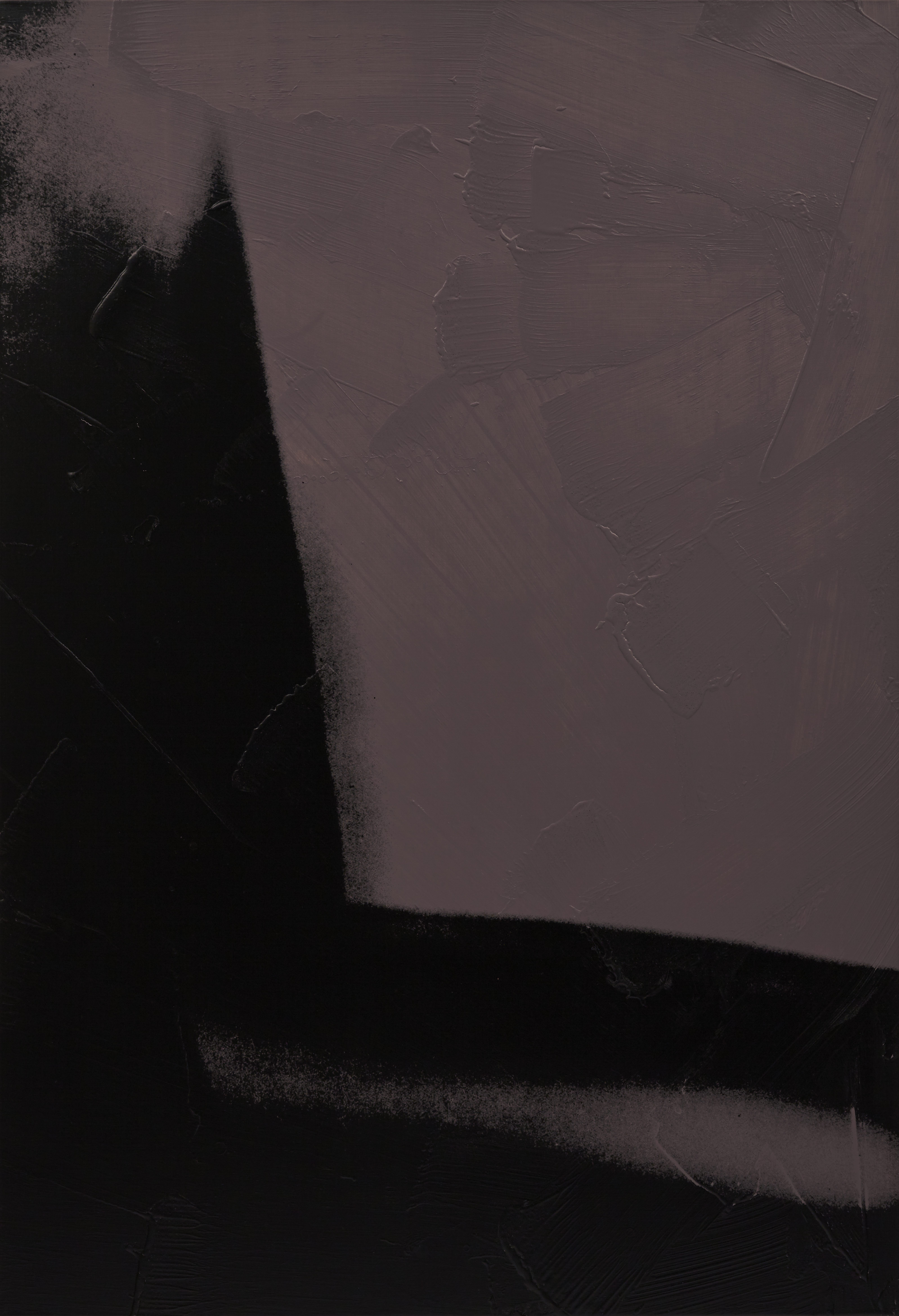
The fifth section, Spaces without horizons, brings together eight of Warhol's “Oxidation paintings”. Made with his own fluids, they mimic the works Jackson Pollock painted just before his death in 1956 and configure a space without precise boundaries. Displayed alongside them are two works by Helen Frankentaler (1928–2011) characterised by large splashes of colour.
The final section, Space as metaphysics, is devoted to Warhol’s series on shadows from the late 1970s, comprising works executed with enigmatic brushstrokes in which it is now impossible to distinguish any figure. They are accompanied by Untitled (Green on Maroon) of 1961 by Mark Rothko, establishing a dialogue between absences.
EXHIBITION DETAILS
Title:Warhol, Pollock and other American Spaces.
Organised by: Museo Nacional Thyssen-Bornemisza.
Venue and dates: Madrid, Museo Nacional Thyssen-Bornemisza, 21 October 2025 to 25 January 2026
Curator: Estrella de Diego.
Technical coordinator: Laura Andrada, Curatorial Department, Museo Nacional Thyssen-Bornemisza.
Number of works: 106. Andy Warhol, Jackson Pollock, Lee Krasner, Audrey Flack, Anne Ryan, Marisol Escobar, Perle Fine, Hedda Sterne, Helen Frankenthaler, Sol LeWitt, Cy Twombly, Robert Rauschenberg y Mark Rothko.
Publications: Catalogue produced with support from the Pollock-Krasner Foundation, with texts by Estrella de Diego and Patrick Moore (former director of the Warhol Museum) and the transcript of a conversation between Estrella de Diego, the Argentinean painter Guillermo Kuitca and Guillermo Solana, artistic director of the Museo Nacional Thyssen-Bornemisza.
Images
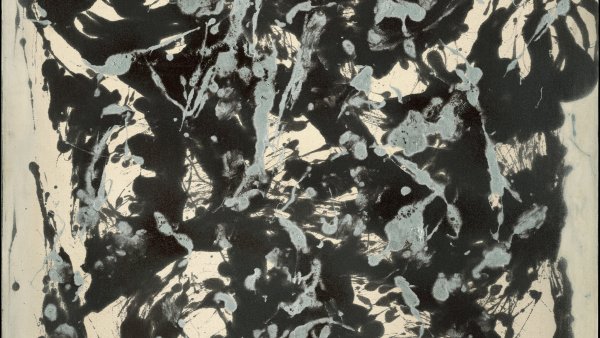
Jackson Pollock
Brown and Silver I, ca. 1951
Enamel and silver paint on canvas. 144.7 x 107.9 cm. Museo Nacional Thyssen-Bornemisza, Madrid. © 2025 The Pollock-Krasner Foundation, VEGAP, Madrid, 2025
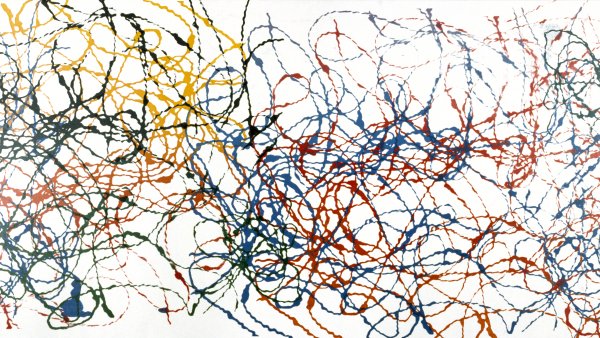
Andy Warhol
Yarn Painting, 1983
Acrylic and silkscreen ink on canvas, 137 x 523 cm. Kunsthalle Bielefeld, Bielefeld, Permanent loan of STAFF Stiftung Lemgo. © 2025 The Andy Warhol Foundation for the Visual Arts, Inc. / VEGAP
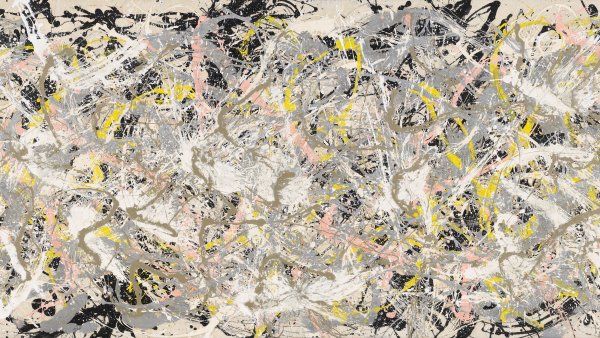
Jackson Pollock
Number 27, 1950, 1950
Oil, enamel, and aluminum paint on canvas, 124.6 x 269.4 cm. Whitney Museum of American Art, New York. © 2025 The Pollock-Krasner Foundation, VEGAP, Madrid, 2025
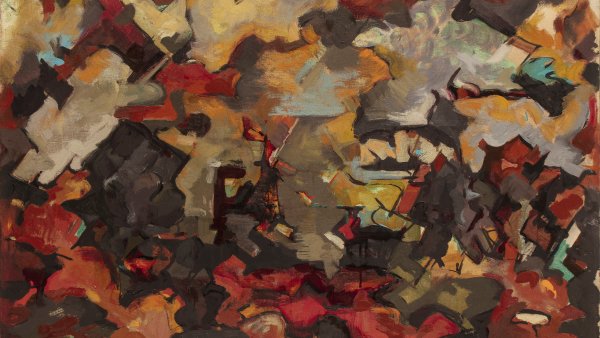
Audrey Flack
Abstract Expressionist Landscape (with Clouds), 1951
Oil on canvas, 74.9 x 101.6 cm. Museo FAMM, Mougins (The Levett Collection). Photo: Fraser Marr
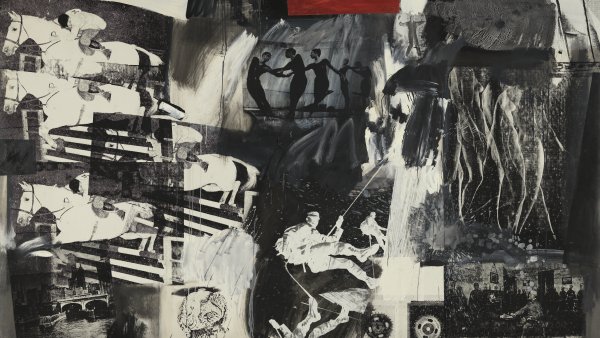
Robert Rauschenberg
Express, 1963
Oil, silkscreen ink and collage on canvas, 184.2 x 305.2 cm. Museo Nacional Thyssen- Bornemisza. © The Estate of Robert Rauschenberg/ VAGA, New York/ VEGAP, Madrid, 2025
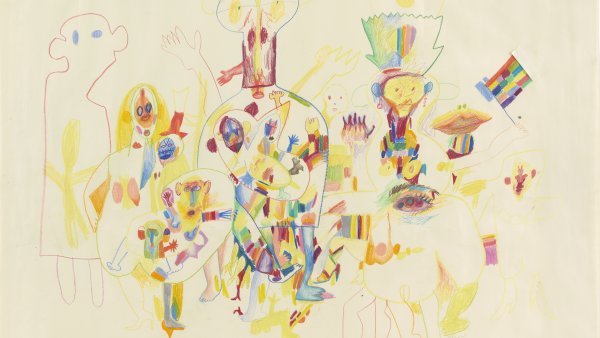
Marisol Escobar
Untitled, 1960
Crayon and cut-and-pasted paper on paper, 70.2 x 100.2 cm. The Museum of Modern Art, New York. Gift of the artist, 1963. © MARISOL, VEGAP, Madrid, 2025. Photo: © The Museum of Modern Art, New York/Scala, Florence.
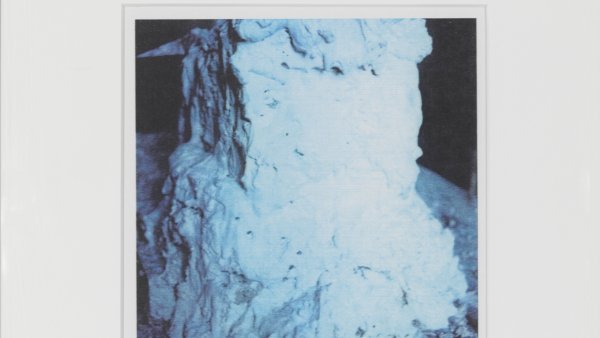
Cy Twombly
Detail of Pan, (Bassano in Teverina), 1980
Color dry-print, 38.1 x 30.5 cm. Larry Gagosian Collection. © Fondazione Nicola Del Roscio. Photo: Rob McKeever. Courtesy Gagosian.
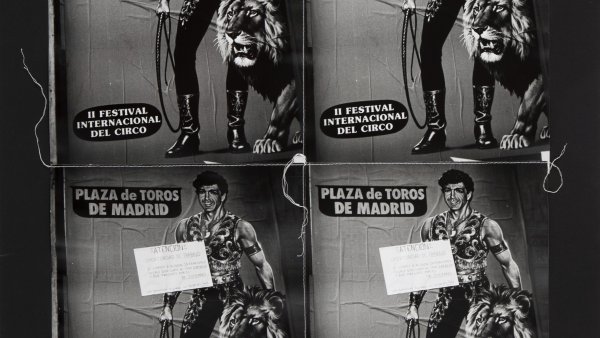
Andy Warhol
Madrid Circus Poster 1976-1986, 1986
Gelatin silver prints sewn with thread, 69.9 x54 cm. The Andy Warhol Museum, Pittsburgh, Founding Collection, Contribution The Andy Warhol Foundation for the Visual Arts. © 2025 The Andy Warhol Foundation for the Visual Arts, Inc. / VEGAP
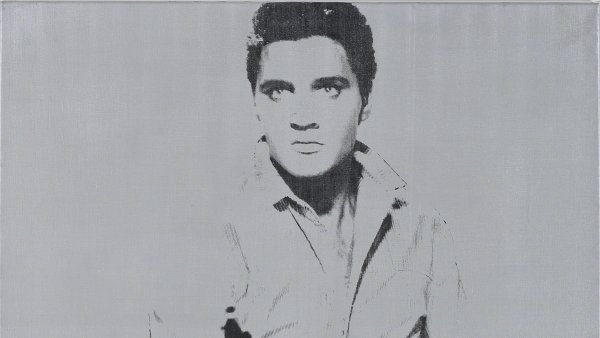
Andy Warhol
Single Elvis, 1964
Silkscreen on canvas, 209 x 107 cm. Ludwig Museum, Museum of Contemporary Art, Budapest. © 2025 The Andy Warhol Foundation for the Visual Arts, Inc. / VEGAP. Photo: József Rosta / Ludwig Museum – Museum of Contemporary Art
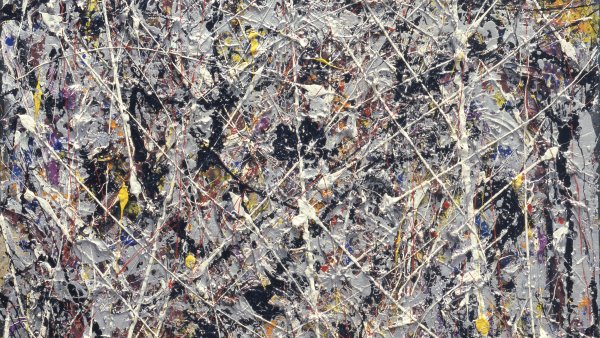
Jackson Pollock
Phosphorescence, 1947
Oil, enamel, and aluminum paint on canvas, 111.76 x 71.12 cm. Addison Gallery of American Art, Phillips Academy, Andover, Massachusetts, Gift of Peggy Guggenheim. © 2025 The Pollock-Krasner Foundation, VEGAP, Madrid, 2025. Photo: Bridgeman Images
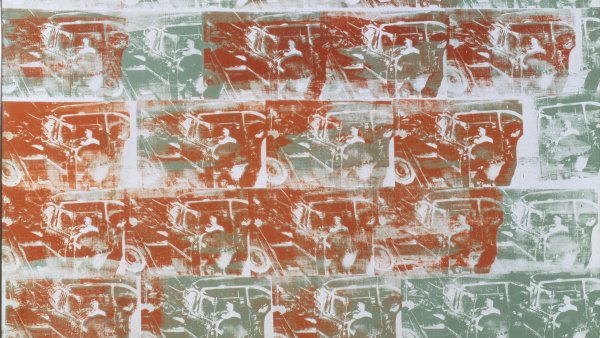
Andy Warhol
Optical car crash, 1962
Silkscreen ink on canvas, 208 x 208.5 cm. Kunstmuseum Basel, adquisition 1970. © 2025 The Andy Warhol Foundation for the Visual Arts, Inc. / VEGAP. Photo: Martin P. Bühler
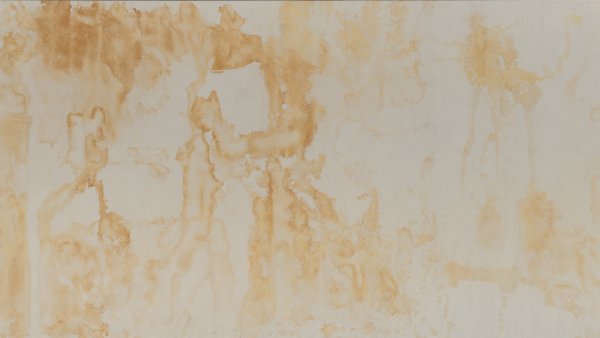
Andy Warhol
Piss painting, 1977-1978
Urine on canvas, 198.5 x 492.8 cm. Collection Thaddaeus Ropac, London, Paris, Salzburg, Seoul, Milan, Salzburg. © 2025 The Andy Warhol Foundation for the Visual Arts, Inc. / VEGAP. Photo: Ulrich Ghezzi
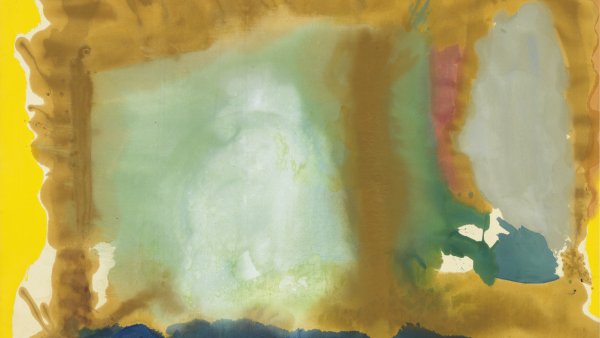
Helen Frankenthaler
Milkwood Arcade, 1963
Acrylic on canvas, 219.7 x 205.1 cm. Helen Frankenthaler Foundation, New York. © Helen Frankenthaler, VEGAP, Madrid, 2025. Photo: Florian Kleinefenn
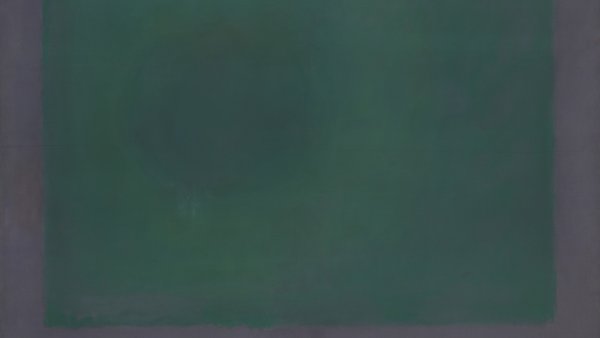
Mark Rothko
Untitled (Green on Maroon), 1961
Mixed media on canvas 258 x 229 cm. National Thyssen-Bornemisza Museum, Madrid. © Kate Rothko Prizel and Christopher Rothko, VEGAP, Madrid, 2025
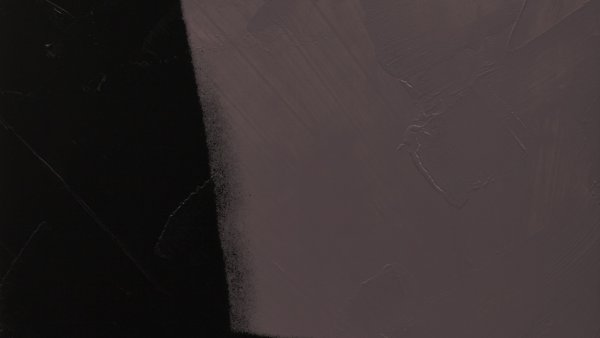
Andy Warhol
Shadows, 1978-1979
Acrylic and silkscreen ink on canvas, 193 x 132 cm. Dia Art Foundation, New York. © 2025 The Andy Warhol Foundation for the Visual Arts, Inc. / VEGAP. Photo: Jordan Tinker, courtesy Dia Art Foundation, New York